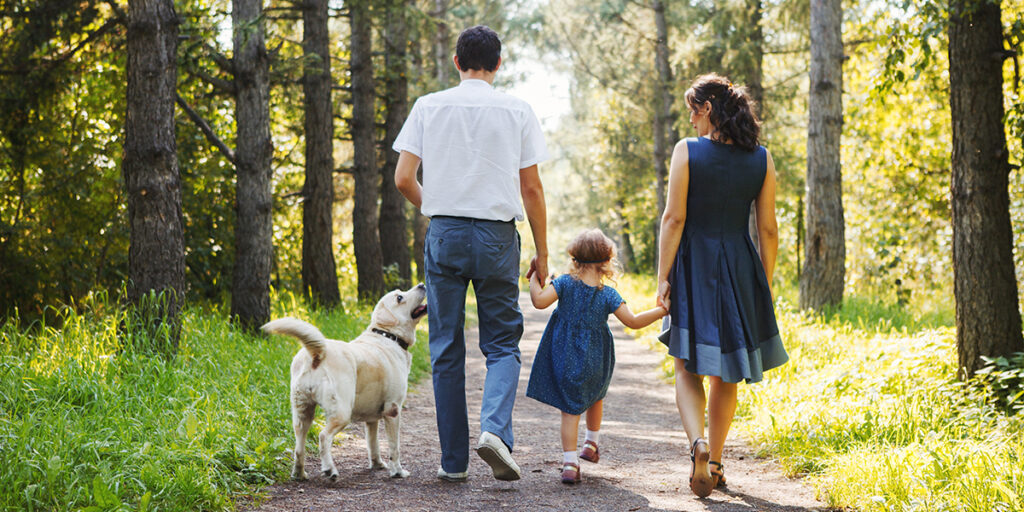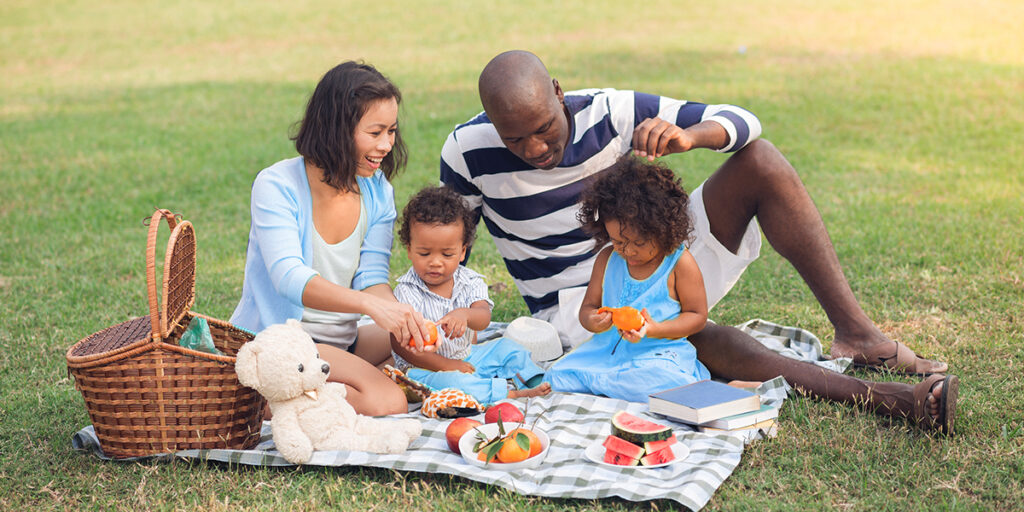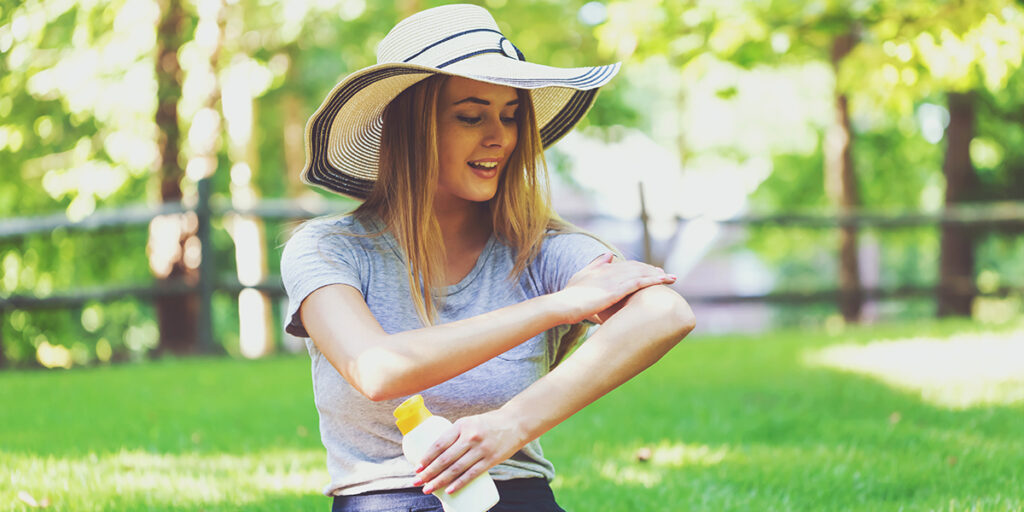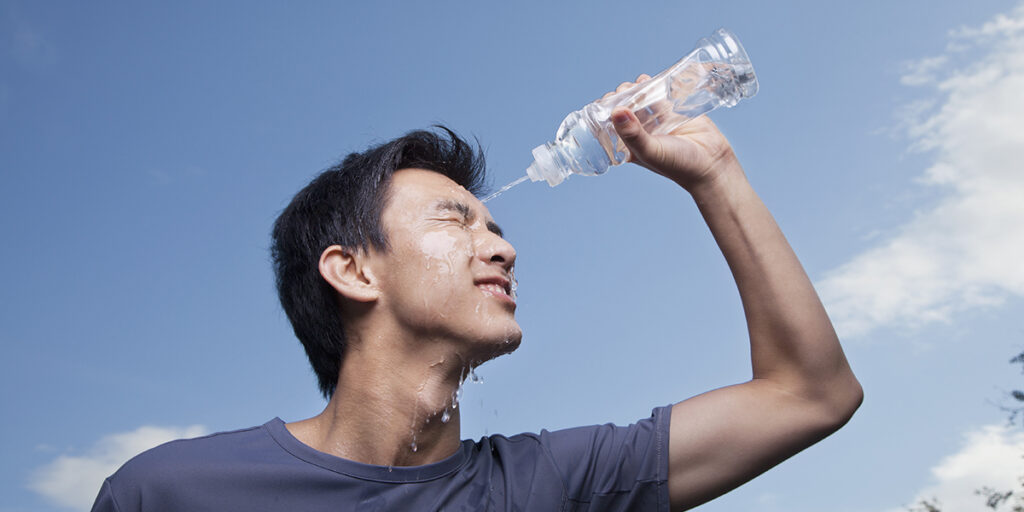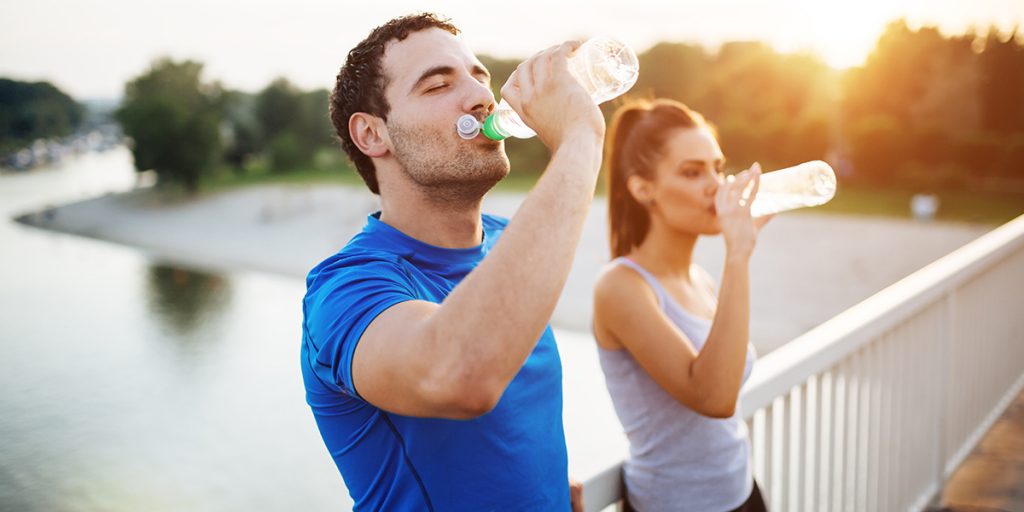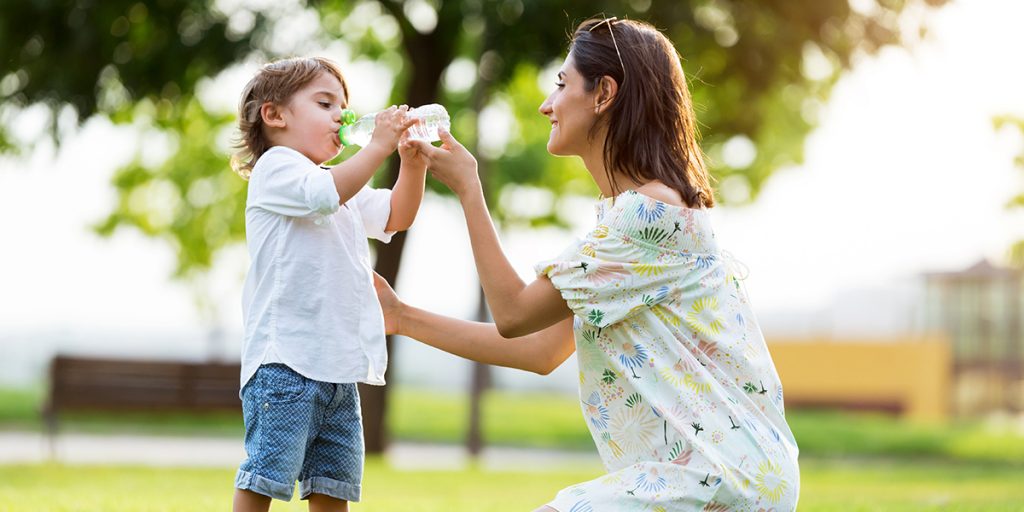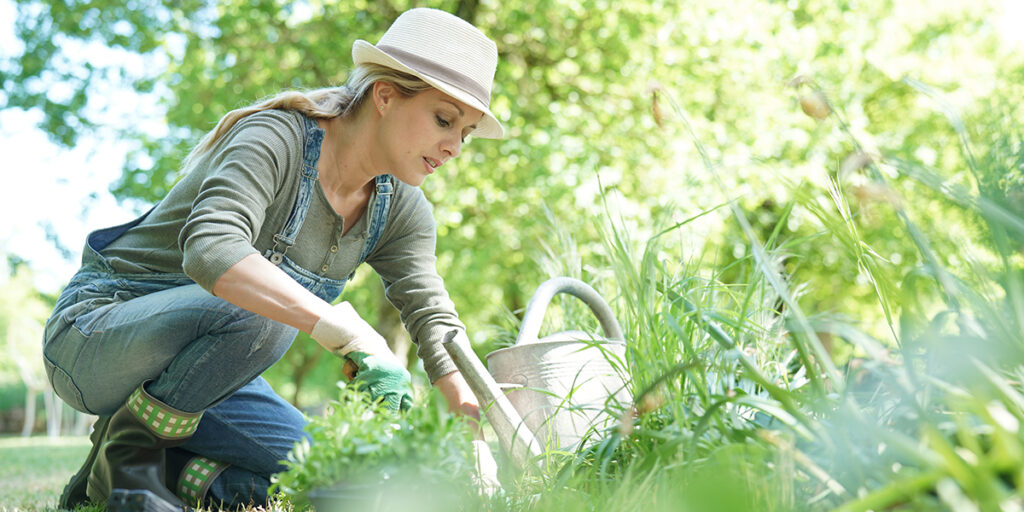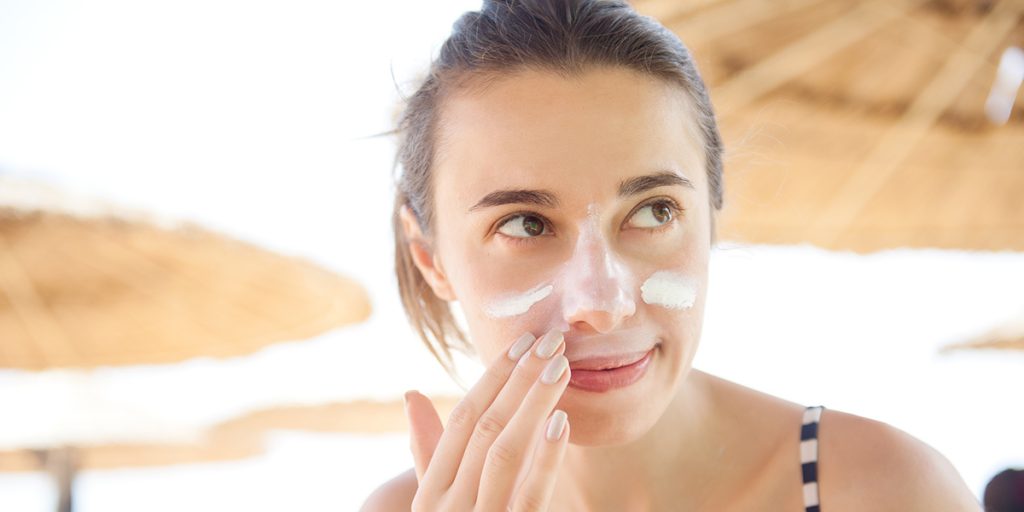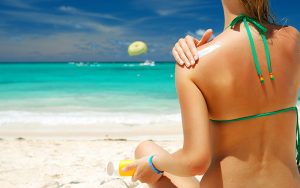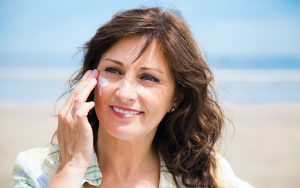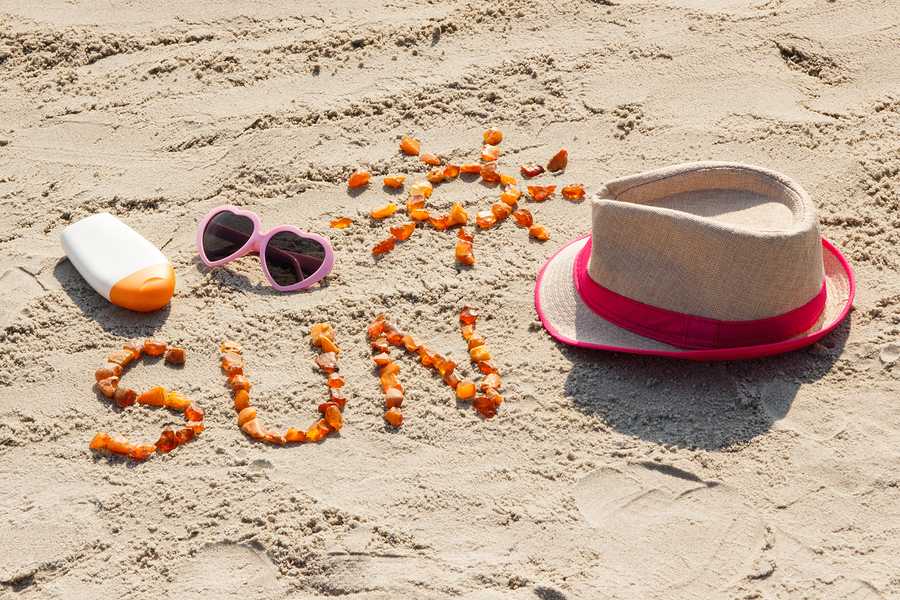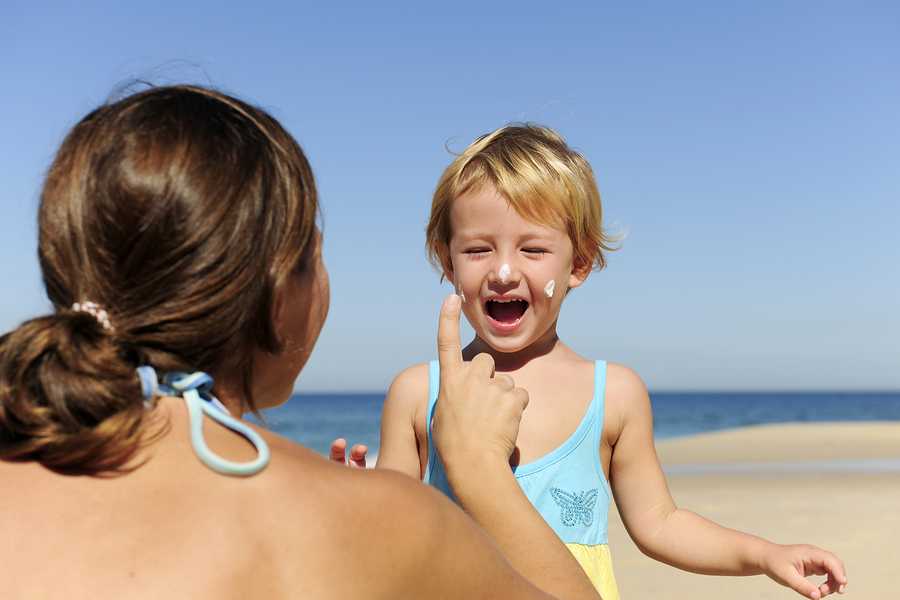When the sun shines brightly in Western Canada, many people flock outdoors to bask in its warmth. However, what often goes overlooked is the crucial role sunscreen plays in protecting our skin from harmful ultraviolet (UV) rays. Sunscreen is not just a summer accessory; it is an important part of a daily skincare routine, regardless of the season. Understanding its benefits can help you embrace a healthier lifestyle while enjoying your time outdoors.
Sunscreen is essential for protecting the skin from damage caused by UV radiation. Its primary benefit is shielding the skin from UVA and UVB rays – the two main types of ultraviolet radiation. UVA rays contribute to premature skin aging and tanning while UVB rays are responsible for sunburn. Both can increase the risk of skin cancer.
The Canadian Dermatology Association (CDA) recommends using a broad-spectrum sunscreen with SPF 30 or higher to ensure protection against both UVA and UVB rays. Before going outdoors apply on all exposed skin including the lips and reapply every 2 hours or more frequently if sweating heavily or swimming. For a list of CDA recognized products visit Sunscreen – Canadian Dermatology Association.
Regular use of sunscreen doesn’t just prevent burns – it can also prevent signs of premature aging, such as fine lines, wrinkles, and age spots. Dermatological studies show that a daily application of sunscreen can slow down the skin’s aging process, helping maintain a more youthful appearance.
Even with the best intentions, sometimes a sunburn happens. Sunburns occur when the skin is overexposed to UV radiation, leading to inflammation, redness and irritation. If you find yourself suffering from a sunburn, take immediate steps to alleviate discomfort and promote healing.
What to Do If You Get Sunburned
Cool the Skin
Apply a cool compress or take a cool bath to lower skin temperature and reduce swelling. Avoid hot showers, as they can intensify the burning sensation and irritation.
Moisturize
Once skin is cooled, apply a fragrance-free moisturizer or aloe vera gel to soothe the affected areas. Ingredients like chamomile or calendula can also offer calming effects.
Stay Hydrated
Sunburn draws moisture to the skin’s surface, increasing your risk of dehydration. Drink plenty of water to rehydrate your body. You can also try mineral water sprays from brands like Avene or La Roche-Posay help to hydrate your skin and cool the skin externally for immediate relief.
Avoid Further Sun Exposure
Protect sunburned skin by keeping it covered and staying out of direct sunlight until it is fully healed. Continued exposure can worsen damage and delay recovery.
Consider a Pain Reliever if Needed
If sunburn pain is not tolerable or interferes with sleep, non-prescription pain relievers such as ibuprofen can help reduce pain and inflammation. Always consult your pharmacist or doctor to ensure that the product is safe for you to take and does not conflict with your other medications or medical conditions.
When to See a Doctor
Seek medical attention If a sunburn is severe – especially if symptoms do not improve after a few days or seem to be getting worse. Warning signs include blistering over a large area, swelling, or signs of infection such as pus, oozing blisters, or increased redness and warmth. Get immediate help if there are signs of a heat-related illness, including severe headache, confusion, dizziness, nausea, or fever. Be extra cautious with babies, young children, and older adults as they are more vulnerable to sunburn and its complications.
Choosing the right sunscreen can feel overwhelming, with so many brands, SPF levels, and other features to consider. If you are unsure which sunscreen is best for your skin type or needs, ask your London Drugs pharmacist or beauty advisor for advice. We’re happy to help you find the best products to keep your skin protected and healthy – this summer and all year long too.


